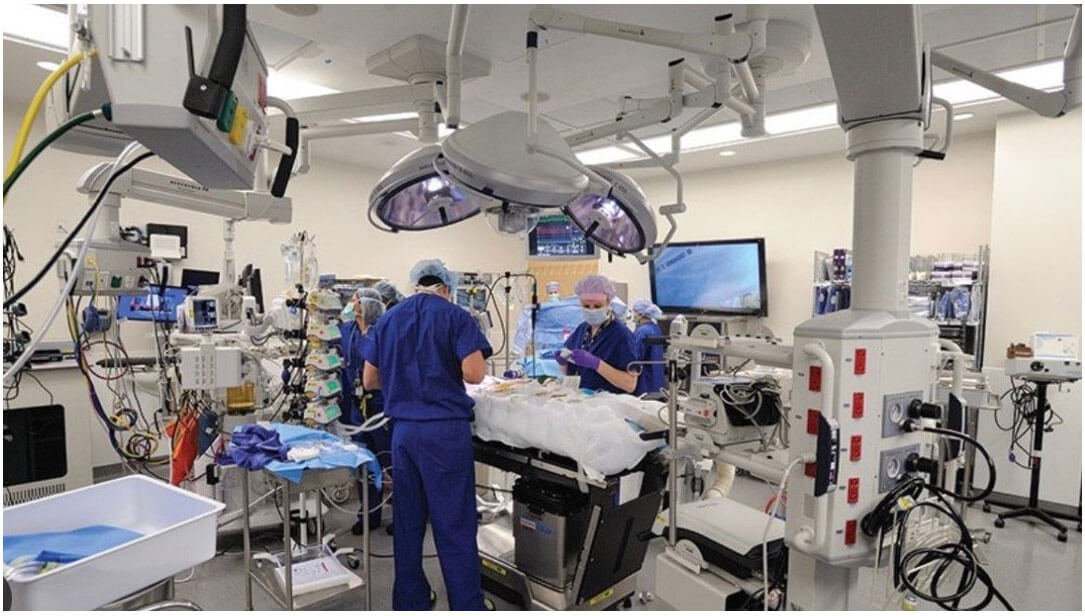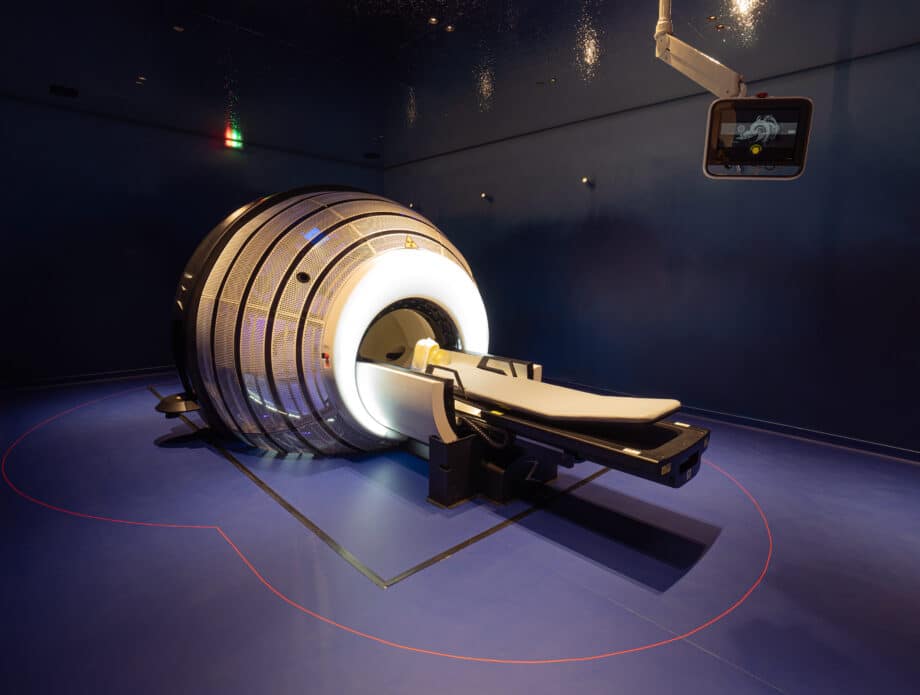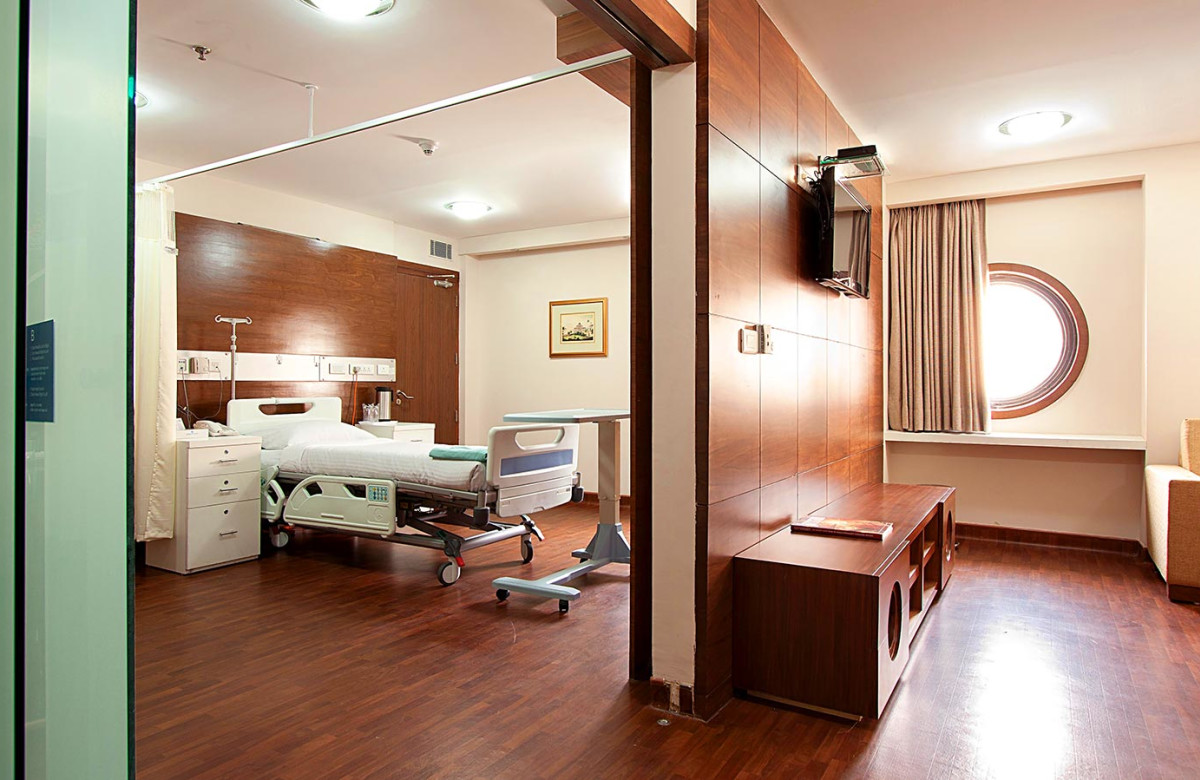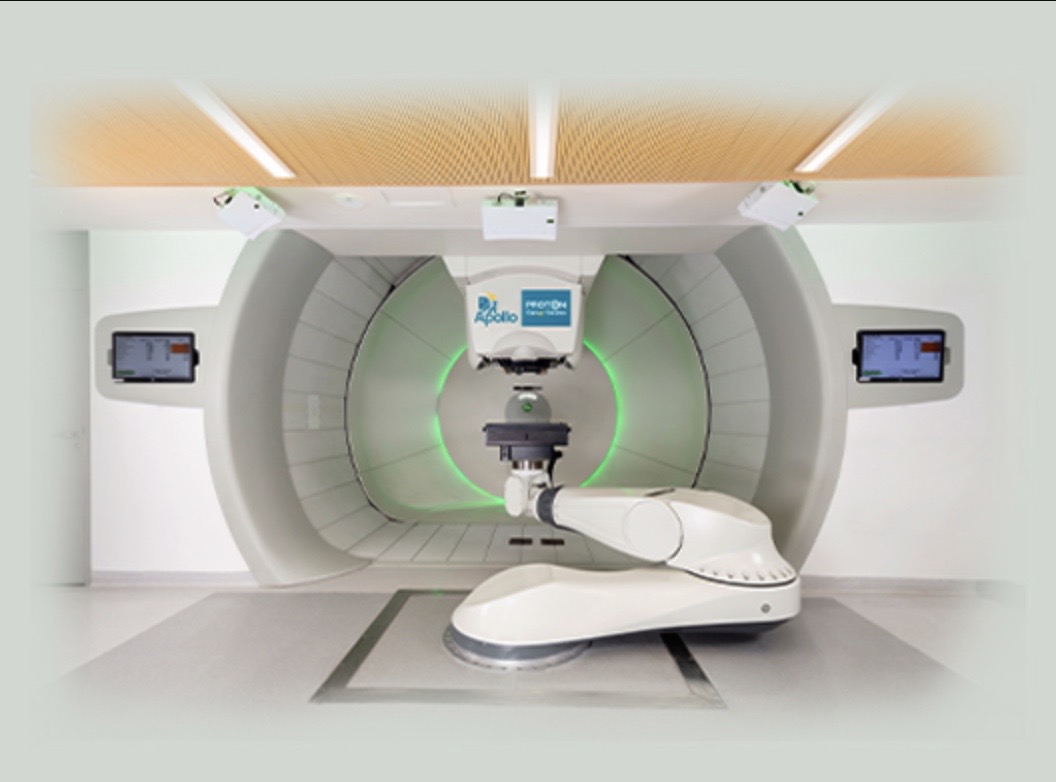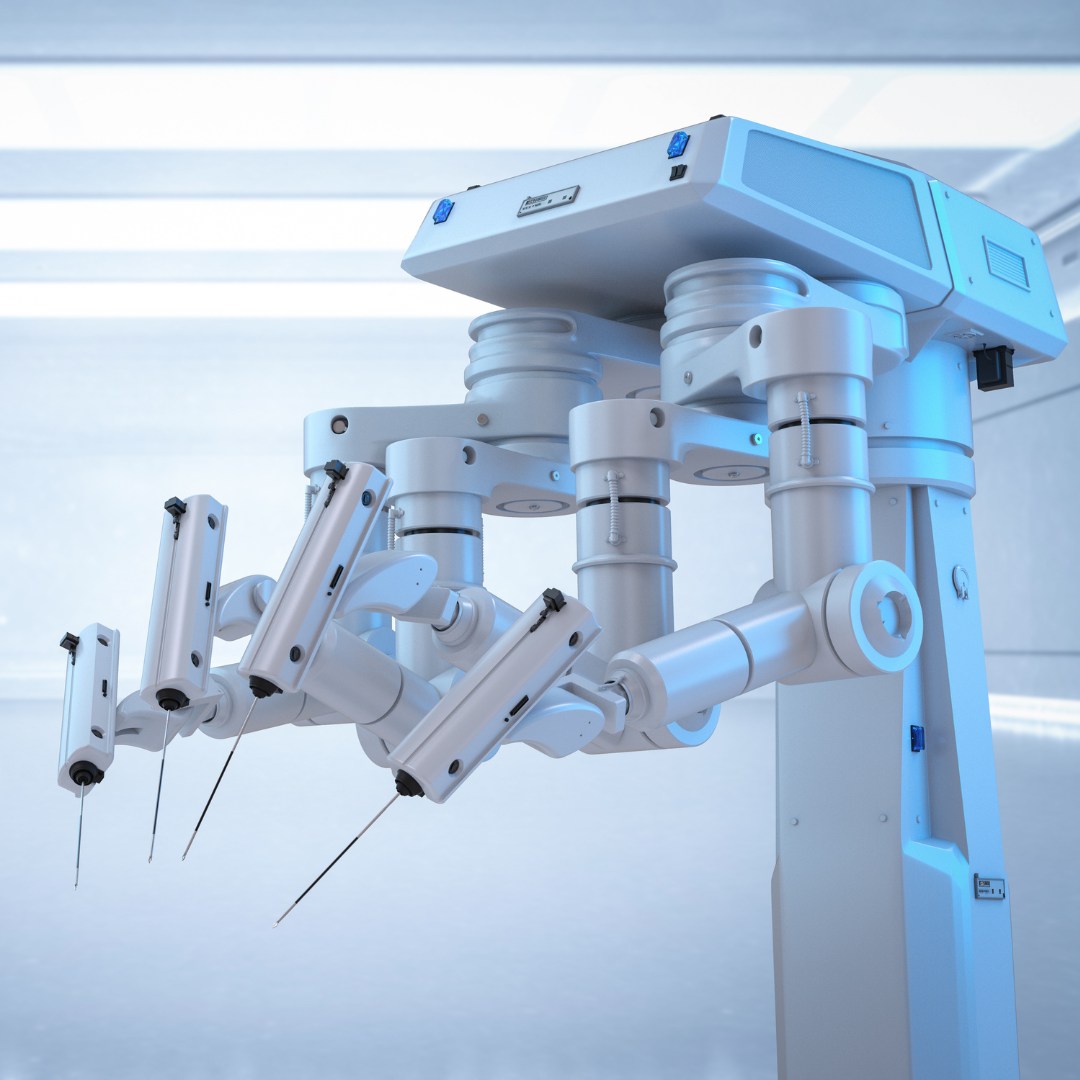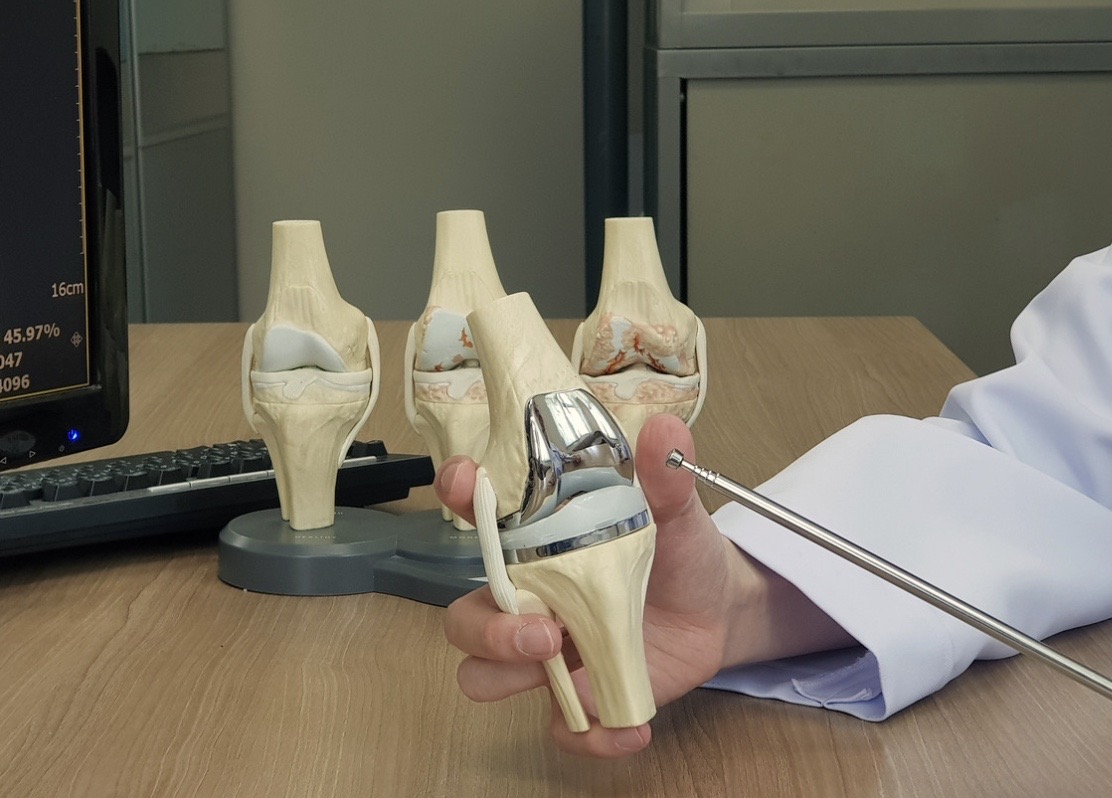
Complete details About the Types of Knee Replacement Surgery
Arthroplasty is a very effective surgical intervention for patients with knee pain who have limited treatment options because of conditions such as osteoarthritis. This is a form of arthritis that results in inflammation, pain, and stiffness in the knee, simple movement such as walking or climbing stairs might prove difficult. Is greater in the elderly population, in the obese, and in people with a history of joint injury. Nonetheless, exercise and diet control are used in the early stages of the disease; total knee replacement is the only effective treatment for patients with end-stage knee OA.
What does it mean to Undergo Knee Replacement Surgery?
Knee joint replacement is a surgical process through which the knee joint is given artificial or prosthetic components to reduce pain and improve the knee joint movement. The surgery is either a partial one or a total one depending on the severity of the condition. If you visit the knee specialist before the surgery they will assess the strength, flexibility, and stability of the knee. Often, x-rays or other imaging may be done to assess the amount of joint degeneration to inform the choice of an implant to be used by the surgeon.
What are the Reasons for Performing Knee Replacement Surgery?
Knee replacement surgery is normally done for the conditions of arthritis or any other knee illness that leads to acute pain and even limitation of movements. Poor symptoms include severe knee pain, poor walking, and restricted movement, thereby putting many people in a position to need knee replacement.
Total Knee Replacement (TKR): You are likely to undergo this type of surgery if you have osteoarthritis and your knee joint has worn out considerably. It means all three compartments of the knee joint, medial, lateral, and patellofemoral compartments have to be resurfaced.
Partial Knee Replacement: This procedure implies the replacement of only one or two parts of the knee joint that has become damaged. The most often applied is the less invasive procedure which is tonic and reserved for patients who are younger or have not severely affected their knees.
Most common Knee Replacement Implants
Knee replacement requires various types of implants to be used in the operation depending on the best doctor for knee replacement recommendation. There are numerous forms of implants available and the specific one which is to be employed depends on numerous considerations for instance the health of the patient, lifestyle, and allergy to specific materials. Here are the most common types:
Metal-on-Plastic Implants: It is the newest type of implant together with the lowest cost of knee replacement surgery, this one is made of metal and plastic materials. They are strong and versatile but sometimes people are badly affected by having allergies to them.
Ceramic-on-Ceramic Implants: Of these, there are implants that incorporate both components from ceramic material, and while unlikely to cause any immune reaction, they are slightly noisier than the other types.
Metal-on-Metal Implants: These are fixed medical implants normally made of metal hence regarded as rather sturdy though they are rare due to certain side effects.
Ceramic-on-Plastic Implants: These are normally advised to patients with allergies to nickel, and are characterized by a ceramic femoral component and a poly spacer.
Knee replacement surgery success rate
Knee replacement surgery is one of the most effective surgeries in the world today. According to research, over ninety percent of patients said they found relief from pain and an increase in locomotive capabilities. Furthermore, data show that 15 years after the surgery approximately 90% of knee replacements are still beneficial while 82% of them are helpful 25 years after the surgery.
Reasons For Increased Cost Of Knee Replacement Surgery In India
In India the cost of knee replacement surgery is based on several factors:
Doctor’s Expertise: Best doctor for knee replacement often introduce higher tariffs for their operations than inexperienced ones.
Type of Surgery: The cost of knee replacement surgery, especially total knee replacement often is more expensive than partial knee replacement because of its increased difficulty.
Hospital Choice: The cost of knee replacement surgery can also be determined by the best hospital for knee replacement in India. The charge by private hospitals could be higher than that in county hospitals especially those in large cities.
Patient’s Health and Age: More often older people or patients with initial diseases may require more care and spend a lot of money on medication.
Location of Treatment: There is a structure of fees with big cities hospitals like Delhi, Mumbai, and Chennai having higher fees than those of small cities hospitals.
Why India Could Be the Right Destination for the Knee Replacement Surgery?
India has rapidly risen as a favored knee replacement surgical procedure due to the low cost of knee replacement surgery, excellent medical facilities at the best hospital for knee replacement in India, and the presence of the best doctor for knee replacement. It avails services that are unique and as far advanced as those found in developed countries such as knee implant surgeries, at incredibly low prices. India has the best doctor for knee replacement.
Conclusion
Arthroplasty of the knee joint is recommended in case the pain hinders your movement and will consequently improve your quality of life. In case you decide to go for a partial or total knee replacement, there is no doubt that you must know about the best hospital for knee replacement in India and it is very crucial to consult the best doctor for knee replacement to obtain a successful surgery. Since the cost of knee replacement surgery is cheaper in India than in other countries, it is the right place for anyone who wants a cheap treatment for knee joint complications.


